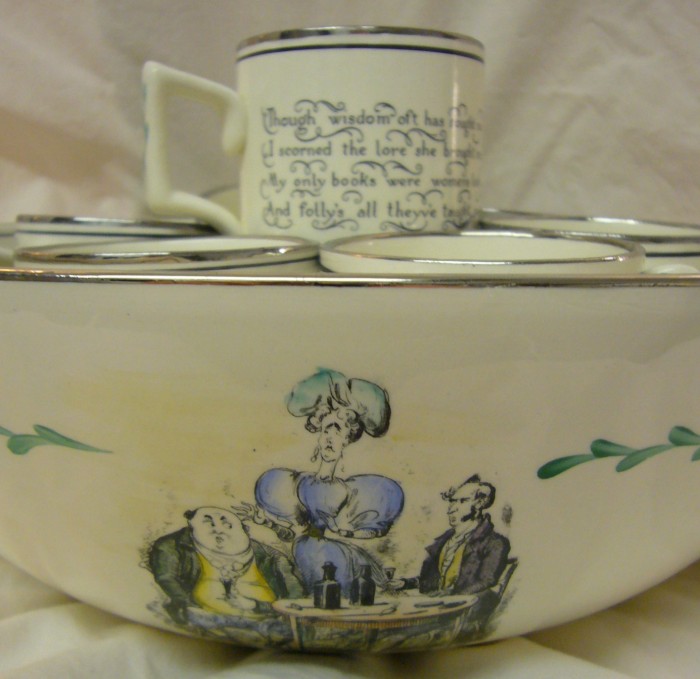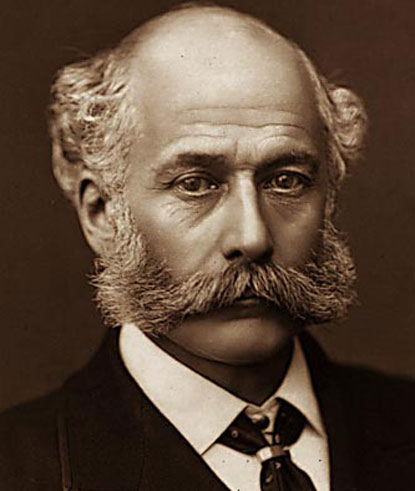Rene Lalique was born 1860, and died 1945. After his first career as a jeweller and being crowned the greatest art nouveau jeweller, at the 1900 Paris exhibition, Rene Lalique went on to become the greatest art deco glass maker. His earliest pieces of glass date from 1910 and even before, but his main production of glass really took off in 1921, after the French Government gave him a factory, on land repossessed from Germany, in Wingen Sur Moder, Alsace.
René Jules Lalique was born in Ay, a small village in the Marne region of France on April 6, 1860, and died May 5, 1945. He was a glass designer, renowned for his stunning creations of perfume bottles, vases, jewellery, chandeliers, clocks and in the latter part of his life, automobile hood ornaments.
The firm he founded is still active today.
Rene Lalique, is probably best known for; amazing vases, car mascots, scent bottles and his trade mark opalescent coloured bowls and figures. In fact he made a wide variety of other things, almost anything that could made in glass, and even a few things that should never have been made in glass. Rene Lalique designed an amazing range of over a 100 patterns of tableware, including glasses and often bowls and plates. He also made; a wide range of magnificent lighting, jewellery, boxes, desk and toilette sets, and the list is endless.
After Rene Lalique died in 1945, his son, Marc, removed the ‘R’ from their normal ‘R Lalique’ signature making it easier to identifying proper Rene Lalique from later factory pieces.
The most collectible Rene Lalique glass is the pre 1946 glass signed R Lalique. Over the years Rene Lalique glass has remained probably the most popular and consistent areas of art glass collecting. There has been much greater interest in Rene Lalique glass over the last few years as it is so often praised and shown on TV antiques programmes.
In the 1920s he also became famous for his work in the Art Deco style. He was also responsible for the walls of lighted glass and elegant glass columns which filled the dining room and “grand salon” of the SS Normandie and the interior fittings, cross, screens, reredos, font of St. Matthew’s Churches at Millbrook in Jersey (Lalique’s Glass Church). His earlier experiences in Ay were his defining influence later his work. As a result, many of his jewelry pieces and vases showcase plants, flowers and flowing lines.
On May 5, 1945 René Lalique was buried in Père Lachaise Cemetery in Paris, France..
Recognized as one of the world’s greatest glass makers and jewelry designers of the Art Nouveau and Art Deco periods, René Jules Lalique was an imaginative and creative artist, designer, and industrialist in all his work. It was said of him ‘his work frankly bears the mark of our complicated civilisation, a thirst for elegance, novelty, comfort and luxury

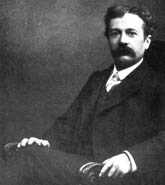
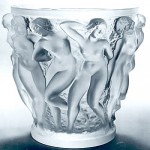
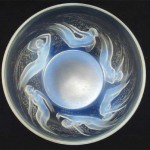

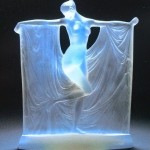
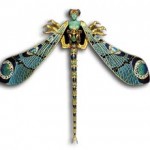

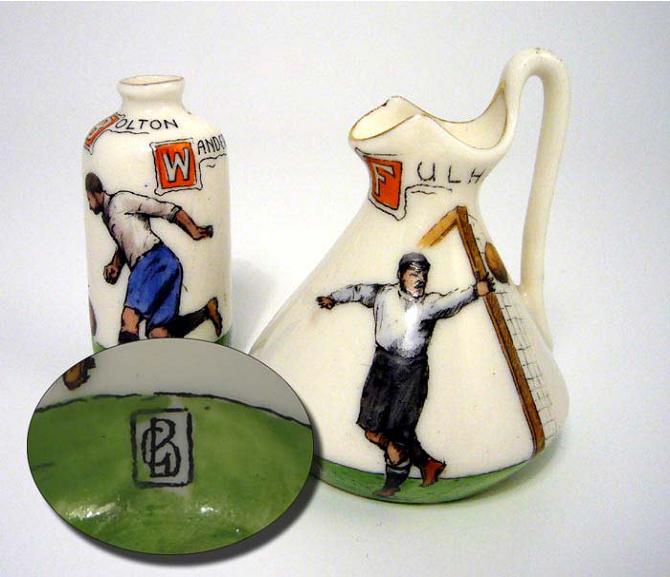
![Alexander Graham Bell (1847 – 1922) [video]](https://gaukantiques.com/wp-content/uploads/2013/03/Alexander-Graham-Bell-192831-2-402.jpg)
